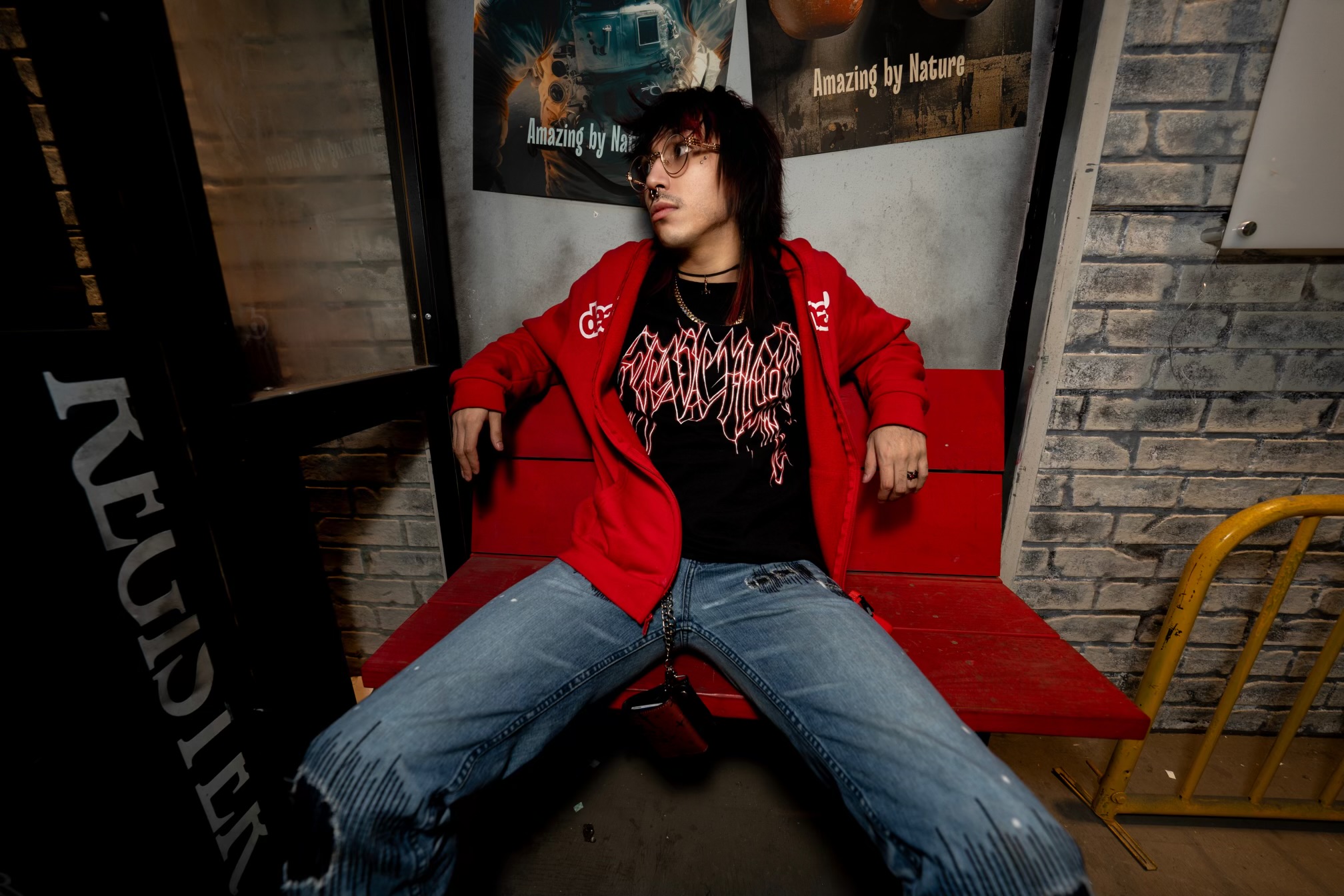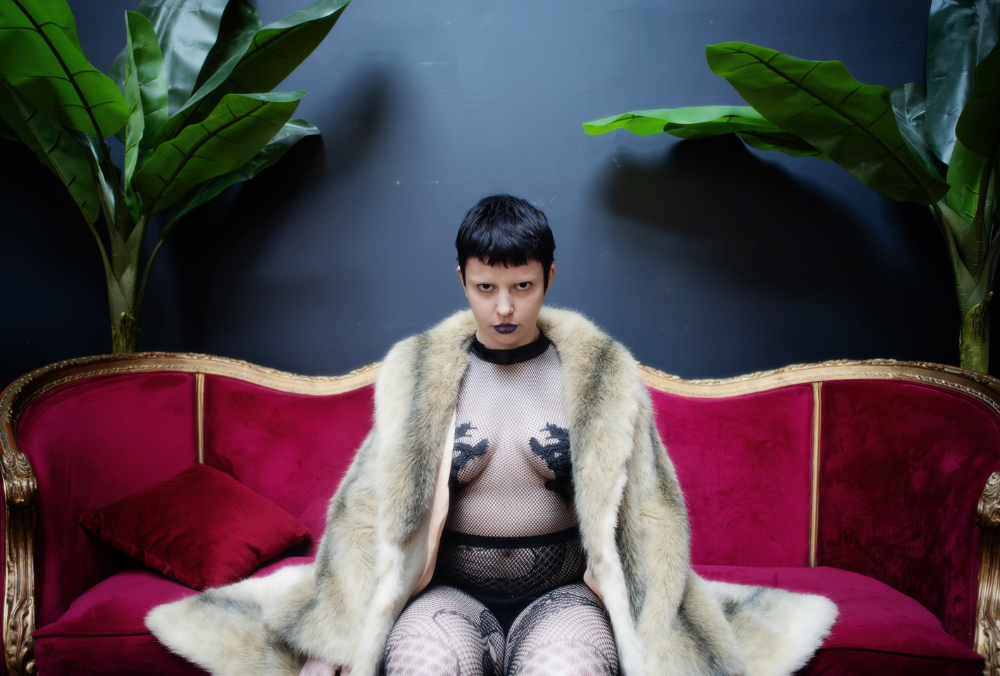WARNING: The following contains spoilers for Season 1 of Trese, now streaming on Netflix.
Alexandra Trese of supernatural horror anime Trese is an extraordinarily strong female character -- mentally, physically and emotionally. She was written in a way that isn’t typically seen in animation but isn’t alone in that. Let’s take a look at what sets her apart from many other female characters found in animation and why this matters.
Whenever there is a female protagonist, baggage may be expected to come along with her. Throughout animation history, a large number of women have been portrayed as exceptionally strong, especially within the shonen demographic. However, more often than not, they’re still not portrayed in an equal light to their male counterparts. Many times, they’re depicted with far fewer clothes than makes logical sense for what they do.
Alternatively, even if they’re practically clothed or fully embody the fact that their clothing choices exist for their own empowerment, they rely on a male character to lead them, make decisions for them, or gain acknowledgment from, either on a romantic or a physical strength level. Finally, they may be a one-dimensional character rather than someone who can be viewed as meaningfully complex.
None of these factors apply to Alexandra Trese. The protagonist of the Filipino anime Trese was originally written as a male character within the original komiks, and this is an element that in some ways has continued through to the anime. Her character design not only features logical clothing choices but also includes a coat inspired by the national hero of the Philippines, Jose Rizal. She doesn’t rely on men except for support levels; in fact, she leads them. Her title is that of Manila’s Lakan Babaylan, or guardian and healer, and she is both feared and respected by those in the human world and in the supernatural one for consistently striving to keep the peace. The three men on her team refer to her as their boss and are a part of the family she was given.
Trese doesn’t show a moment of misogyny, sexism or belittlement toward its protagonist based on her gender. In fact, any animosity toward her by other characters is usually due to her age and lack of experience compared to the former Lakan Babaylan, her father, who was older than she is presented prior to his death. Her mother was also seen as strong, and whose lessons were shown to be as important as those from her father. Trese’s role as Lakan Babaylan was earned by her single-handedly and took years in isolation to accomplish.
Trese also doesn’t fall into the stereotypical emotional restraints that female characters are frequently forced to grapple with like love or lust. While outside parties may signal their interest within the series, Trese makes a point of showing that her work of enforcing the accords that keep the balance between the supernatural and human worlds takes priority above anything else, including her sleeping schedule. This tracks similarly to the female characters within Jujutsu Kaisen and Major General Armstrong of Fullmetal Alchemist: Brotherhood. They all view their work as their number one priority and are equally respected by, or even respected on higher levels than, their male counterparts. They also disregard any thoughts on gender that may distract from their ultimate goals.
This incredible resolve helps to create more complex and multidimensional characters. With Trese, her complexity is connected to her past. Although fear may not show in her actions, a healthy amount of this emotion lives in her mind and her memories, showing her growth as her character struggles with but eventually overcomes dread, pain, and sadness -- but without conveying a need for pity. Defeating an apocalyptic-level enemy takes the help of many characters, but in the final scene of the last episode of the first season, Trese is ultimately triumphant. However, she is alone as she mourns the death of Captain Guerrero and grapples with memories of her family, portraying not only a physically strong person but also one with strong emotional processing skills.
There’s something truly inspiring about witnessing a female character who is fighting for herself, by herself, and who respects herself and others equally while holding her resolve and priorities sacrosanct. These kinds of traits have the ability to humanize characters and the potential to portray someone with whom viewers can genuinely identify. Just as significantly, writing female characters such as these can create higher standards for their male counterparts, allowing action sequences to truly shine and elevating the quality of storytelling overall.
About The Author
